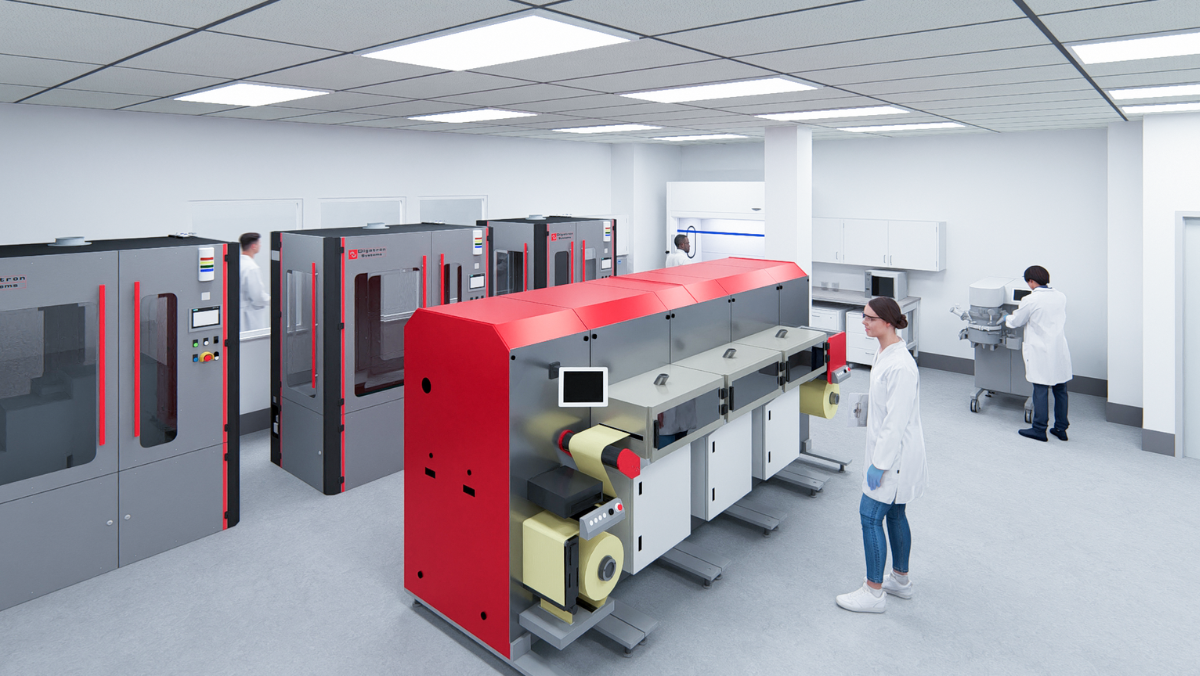RESEARCH
Sodium Surge: A New Spark in Energy Storage
A new carbon anode from Rice University powers sodium batteries, offering a safer, cheaper alternative to lithium-based storage.
8 May 2025

Scientists at Rice University have developed a carbon-based battery material that could reduce dependence on lithium, offering a safer and more affordable alternative for large-scale energy storage.
Working with collaborators from Baylor University and the Indian Institute of Science Education and Research Thiruvananthapuram, the Rice team engineered a carbon anode with a cone-and-disc structure capable of storing sodium and potassium ions more effectively than traditional graphite. These elements, more abundant and less costly than lithium, are seen as promising candidates for next-generation battery chemistries.
“For years, we’ve known that sodium and potassium are attractive alternatives to lithium, but the challenge has always been finding carbon-based anode materials that can store these larger ions efficiently,” said Professor Pulickel Ajayan, who led the project.
The timing coincides with heightened concerns over lithium supply chains. Rising demand for electric vehicles and renewable energy systems has pushed prices higher, while geopolitical tensions and limited domestic production have further strained sourcing.
The newly designed anode could help shift the market toward more readily available inputs, offering what researchers describe as a scalable solution for grid storage and backup power.
Safety remains another key factor. Sodium and potassium-based systems are generally less prone to overheating, making them more suitable for stationary storage, where thermal stability is critical.
While the new material remains in the research phase, the development marks a potential turning point in battery innovation. Industry observers expect increased interest from both private investors and government agencies as energy security and domestic manufacturing gain priority in policy discussions.
The Rice team’s work comes amid growing calls for diversification in battery materials, with particular focus on reducing U.S. reliance on imported lithium. If successfully commercialised, the carbon anode could form part of a broader shift away from legacy technologies toward safer and more sustainable alternatives.
Latest News
11 Nov 2025
Batteries Reborn: GM and Redwood Power a Greener Grid7 Nov 2025
Power Surge: U.S. Labs Spark a Battery Breakthrough5 Nov 2025
Inside America’s Race to Reinvent the Battery4 Nov 2025
Can Two U.S. Firms Rewrite the Battery Playbook?
Related News

PARTNERSHIPS
11 Nov 2025
Batteries Reborn: GM and Redwood Power a Greener Grid

RESEARCH
7 Nov 2025
Power Surge: U.S. Labs Spark a Battery Breakthrough

INNOVATION
5 Nov 2025
Inside America’s Race to Reinvent the Battery
SUBSCRIBE FOR UPDATES
By submitting, you agree to receive email communications from the event organizers, including upcoming promotions and discounted tickets, news, and access to related events.